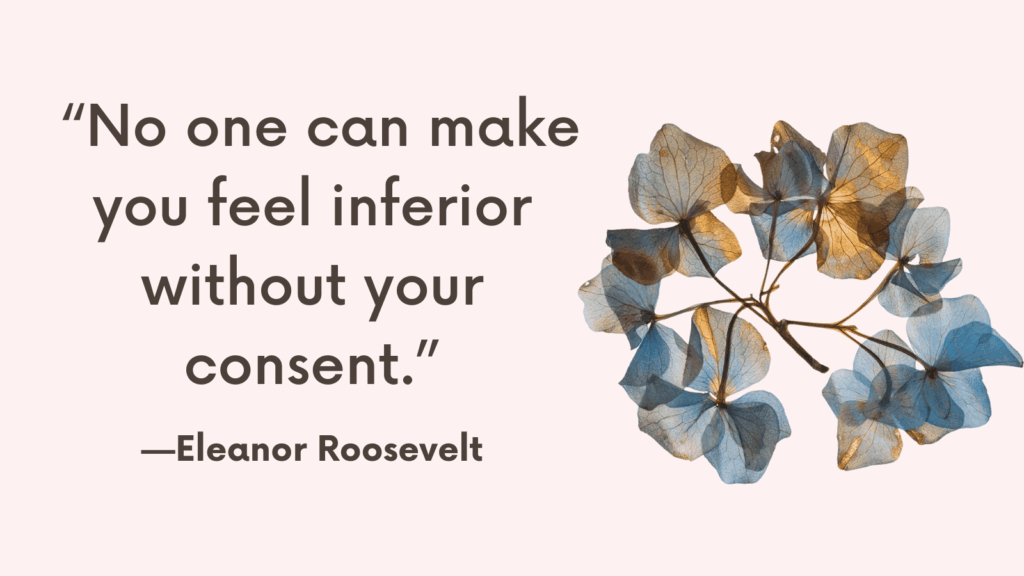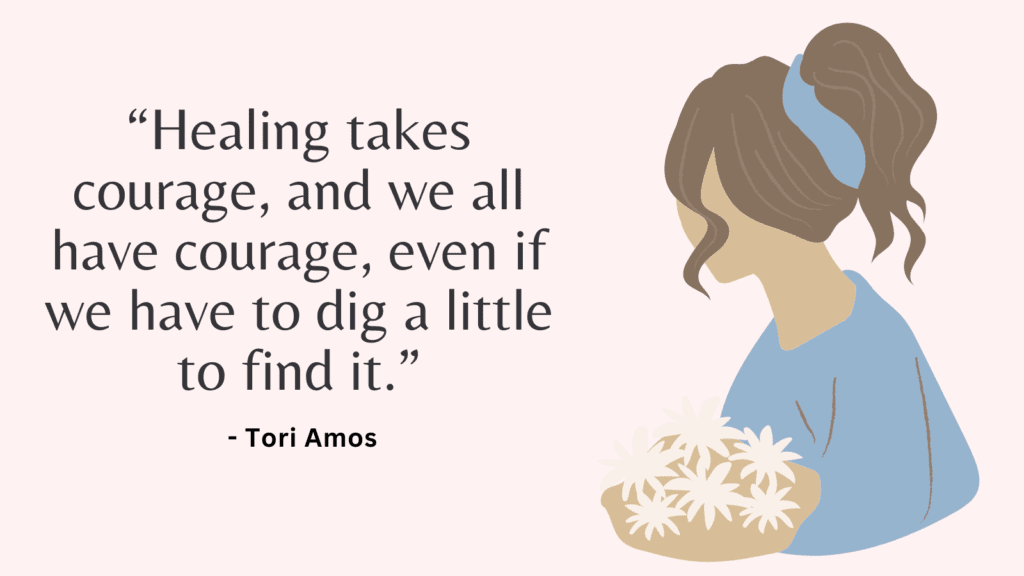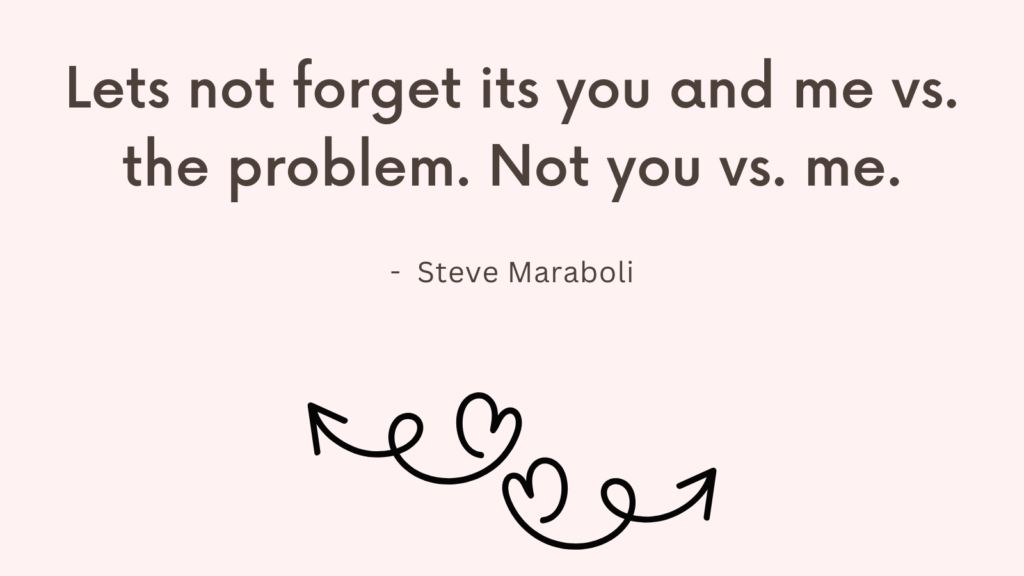In this post, you’ll learn all about anxious attachment triggers.
What Is An Attachment Style?
Attachment styles refer to the way people develop emotional bonds or attachments with others, especially in close relationships. The four main attachment styles are:
1. Secure Attachment
People with a secure attachment style are comfortable with intimacy and are confident that their partner will be available to them when they need them.
They are able to give and receive love without fear of abandonment or rejection.
2. Anxious-Preoccupied Attachment
People with an anxious-preoccupied attachment style tend to worry about their relationship and often feel insecure and needy.
They crave closeness and reassurance from their partner and may become clingy or jealous.
Anxious attachment can result from early childhood experiences that have led to the belief that love and attention are conditional or unreliable.
3. Avoidant Attachment
People with an avoidant attachment style are uncomfortable with intimacy and may distance themselves emotionally and physically from their partner.
They may have a fear of being trapped or suffocated in a relationship and prefer to maintain their independence.
Related: Top 9 Avoidant Attachment Triggers (+7 Tips On Overcoming Avoidant Attachment Style)
4. Fearful-Avoidant Attachment
People with a fearful-avoidant attachment style experience conflicting desires for closeness and distance.
They may want close relationships but also fear rejection or abandonment.
They may push away their partners as a way of protecting themselves from potential hurt.
Related: 10 Steps To End Fearful Avoidant Chase
Signs of Anxious Attachment
Anxious attachment is a type of attachment style where a person may experience excessive and persistent worries about being abandoned or rejected by their partner.
Some signs of anxious attachment include:
1. Constantly seeking reassurance and validation from your partner
2. Feeling clingy or needy in relationships
3. Fearful of being alone or abandoned
4. Jealousy and possessiveness
5. Overthinking and over-analyzing interactions with your partner
6. Overreacting to perceived rejection or criticism from your partner
7. Difficulty setting boundaries in relationships
8. Struggling with trust and vulnerability in relationships
9. Becoming overly dependent on your partner for emotional support and validation
Related: How To Heal From Anxious Attachment Style In 5 Steps
Anxious Attachment Triggers
Anxious attachment can be triggered by a variety of situations or behaviors.
Here are some common triggers:
1. Rejection or feeling ignored by your partner.
2. Fear of abandonment or being alone.
3. Lack of communication or emotional support from your partner.
4. Perceived criticism or disapproval from your partner.
5. Inconsistent or unpredictable behavior from your partner.
6. Feeling insecure or unworthy in the relationship.
7. Separation or distance from your partner.
8. Previous experiences of betrayal or emotional pain in relationships.
9. Suppressing emotions or needs in order to avoid conflict.
10. Feeling like your partner is not affectionate or intimate enough.
It’s important to recognize these triggers and learn healthy ways to manage them in order to create a more secure and fulfilling relationship.
Related: Anxious Preoccupied Attachment Style (What Is It & How To Overcome It?)
How To Cope With Anxious Attachment Triggers?
Coping with anxious attachment triggers can be challenging, but there are several strategies that can help.
Here are some tips:
#1. Practice Mindfulness
Mindfulness can help you stay present in the moment and calm your mind when you experience anxious attachment triggers.
It involves paying attention to your thoughts and feelings without judgment.
Here are some tips to practice mindfulness:
1. Find a quiet and comfortable place where you can sit or lie down.
2. Close your eyes gently and focus on your breath.
3. Pay attention to the feeling of air coming in and going out of your body.
4. Notice any thoughts that arise in your mind, but don’t judge them or get caught up in them.
5. Return your attention to your breath whenever you find yourself getting distracted.
6. Take notice of any physical sensations in your body and allow them to be there without resistance.
7. Continue to breathe deeply and mindfully for a few minutes, giving your mind and body the opportunity to fully relax.
Mindfulness is a skill that takes practice to develop.
Start with just a few minutes a day, and gradually increase the amount of time you spend practicing.
With time and patience, you’ll be able to develop greater awareness and presence in your everyday life.
Related: Best 8 Mindfulness Exercises For Adults That Will Help You Regulate Your Emotions
#2. Change Your Thought Patterns
When you notice negative thoughts, try to challenge them by asking yourself if they are really true or if there is evidence to the contrary.
Examples of common negative belief people with anxious attachment may experience include:
- “I am unworthy of love and affection”
- “I need constant reassurance to feel secure in my relationships”
- “I am too needy and dependent on others”
- “I am afraid of being abandoned or rejected by my partner”
- “My partner is going to leave me, no matter what I do”
- “I am not good enough for my partner”
- “I have to constantly adapt myself to my partner’s needs to maintain their love and attention”
- “I am not capable of forming a healthy and stable relationship”
- “I am always going to be let down by others”
- “I am not lovable.”
Related: Negative Core Beliefs List (& 8 Tips On How To Challenge Them)
Questions to ask yourself to challenge your negative thoughts:
- Is this thought true?
- Is there any evidence that supports or contradicts this thought?
- If this thought is true, what’s the worst thing that could happen?
- What’s the best-case scenario, and how likely is it to happen?
- Am I jumping to conclusions?
- Am I overgeneralizing or catastrophizing?
- Would I say this to a friend or loved one in the same situation?
- Is this thought helping me or hurting me?
- Can I reframe this thought in a more positive or realistic way?
- How would I feel if I let go of this thought?
Related: How To Do Thought Work In 3 Simple Steps
#3. Practice Self-Compassion
Be kind to yourself and treat yourself with the same compassion and understanding that you would offer to a friend.
Acknowledge any negative thoughts or feelings that arise and recognizing that they are a normal part of being human.
Offer myself words of kindness and understanding, such as reminding yourself that everyone makes mistakes and that it is ok to not be perfect.
Related: How To Be Gentle With Yourself? Top 5 Ways To Practice Self-Compassion

#4. Practice Self-Care
Taking care of yourself is essential for managing anxiety.
This can involve getting enough sleep, exercise, and healthy food, as well as engaging in activities that bring you joy and relaxation.
#5. Pursue Your Interests
Focus on your own passions and goals, and find activities that are meaningful and fulfilling to you.
This can help lessen your dependence on others.
Related: Top 45 Self Care Day Ideas at Home To Kickstart Your Self Care Ritual
#6. Build Your Self-Esteem
Building self-esteem can be a gradual process and may take some time, but here are some steps you can take to help improve your self-esteem:
1. Set realistic goals for yourself: Start by setting small and achievable goals that you can accomplish easily. As you achieve these goals, you will build confidence in yourself and increase your self-esteem.
2. Focus on your strengths: Focus on things that you are good at and the positive qualities that you have. Celebrate your successes and accomplishments, no matter how small they may seem.
3. Surround yourself with positive people: Surround yourself with people who uplift you and make you feel good about yourself. Avoid negative people who bring you down or criticize you.
4. Learn from mistakes: Everyone makes mistakes, but it’s important to learn from them and move forward. Instead of dwelling on your mistakes, focus on what you can do differently next time.
Related: Top 18 Self Esteem Exercises (+FREE CBT For Self-Esteem Worksheets PDF)
#7. Express Your Needs And Emotions Authentically
Expressing your needs and emotions authentically can be challenging, but here are a few tips to help you express yourself authentically:
1. Recognize and acknowledge your emotions: Take some time to understand and recognize what you’re feeling.
Ask yourself the following questions:
- What am I feeling in my body right now?
- What emotions am I experiencing?
- What do I need right now?
2. Use “I” statements
When expressing your needs or emotions, focus on using “I” statements rather than “you” statements. This helps to take ownership of your feelings and avoids placing blame on others.
Remind yourself that asking for what you need and expressing your feelings is a part of healthy communication and self-advocacy.
If asking for what you want makes you feel guilty, try reframing your thoughts and reminding yourself that it is okay to prioritize your needs and desires.
Related: Top 10 Emotional Needs Of A Woman & A Man In A Relationship
#8. Seek Support
Talking to a therapist or trusted friend can help you process your emotions and develop coping strategies.

How To Support A Partner With Anxious Attachment?
If you have a partner with an anxious attachment style, the following tips may help you provide support:
1. Be Patient And Understanding
People with anxious attachment styles tend to feel intense emotions and may struggle with feeling secure in a relationship.
Be patient with your partner and show understanding towards their feelings.
2. Practice Active Listening
Active listening is an important skill in any relationship, but especially for those with anxious attachments.
Show that you are fully present and engaged in the conversation, and give your partner your full attention when they want to talk.
3. Validate Your Partner’s Feelings
Let your partner know that it’s okay to feel anxious or insecure, and that you understand why they might feel that way.
This can help them feel heard and supported.
Related: How To Validate Someone’s Feelings Without Agreeing? (+Examples of Validating Statements)
4. Provide Reassurance
People with anxious attachment styles often need reassurance from their partner that they are loved and valued.
Make sure to express your affection and appreciation for your partner regularly.
5. Set Healthy Boundaries
While it’s important to be supportive, it’s also important to maintain healthy boundaries.
Make sure you take care of your own emotional needs and don’t sacrifice your own wellbeing to accommodate your partner’s anxiety.
Related: Healthy Boundaries Quiz (+Free Pdf Worksheets)
6. Encourage Seeking Professional Help
If your partner’s anxiety is affecting their ability to function in daily life, encourage them to seek professional help.
A therapist or counselor can provide additional support and guidance for managing their anxious attachment style.

Conclusion
Individuals with an anxious attachment style tend to have a fear of abandonment and may feel anxious or insecure in their relationships.
They may worry about their partner leaving them, feel a strong need for validation and reassurance, and may become overly dependent on their partners.
Coping with anxious attachment triggers takes time and patience. However, by practicing these strategies consistently, you can build resilience and find greater peace and security in your relationships.
Therapy and support can also help individuals with anxious attachment styles learn to build healthier relationships and manage anxiety and insecurity in their relationships.



